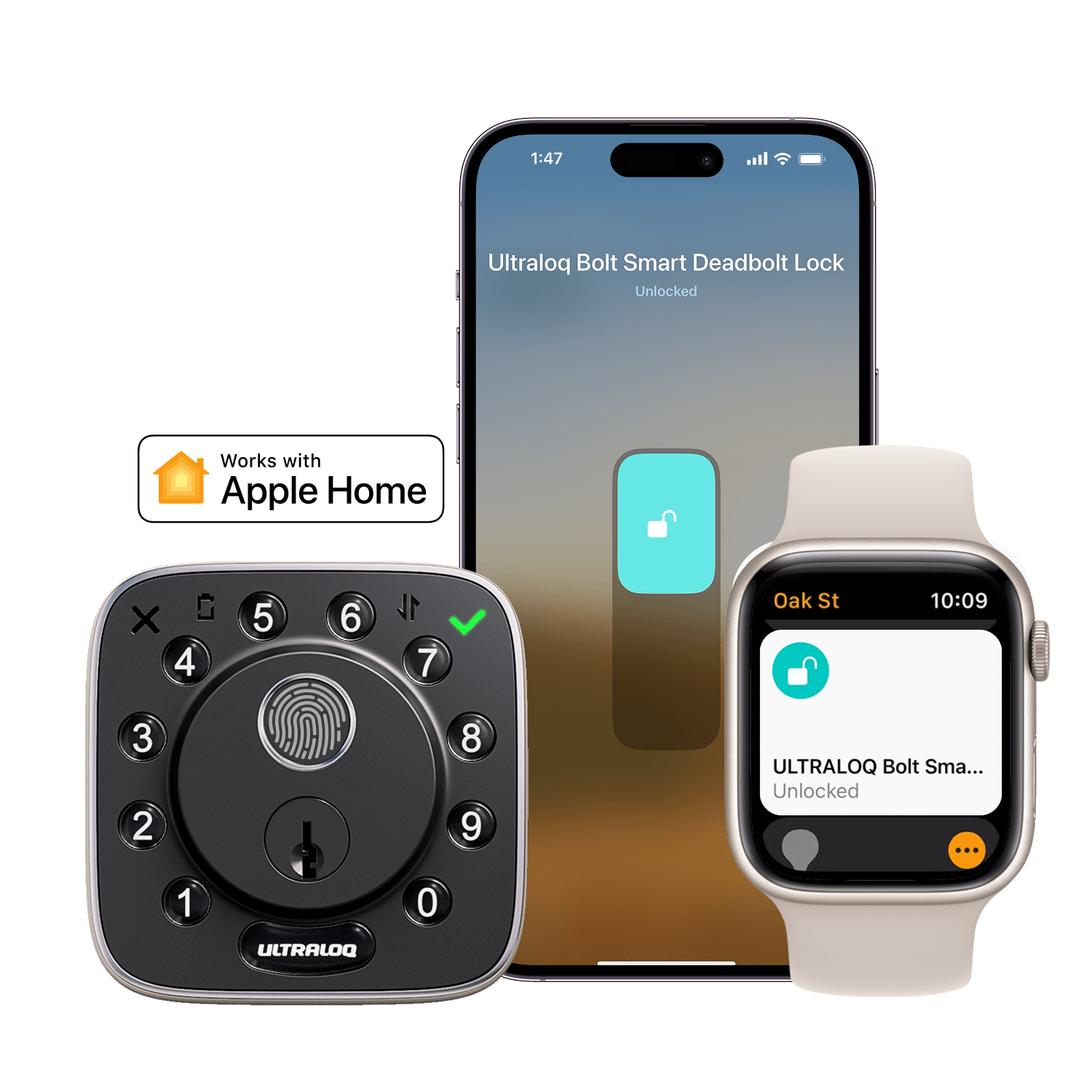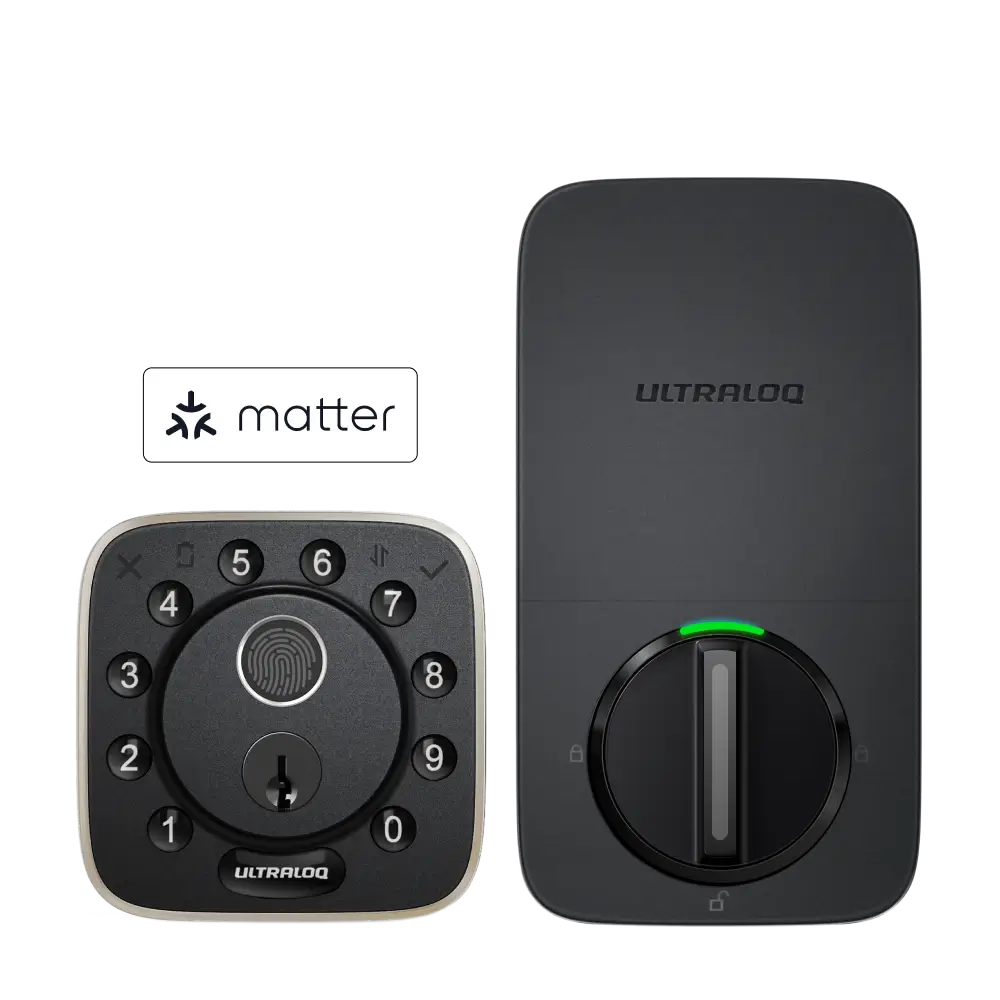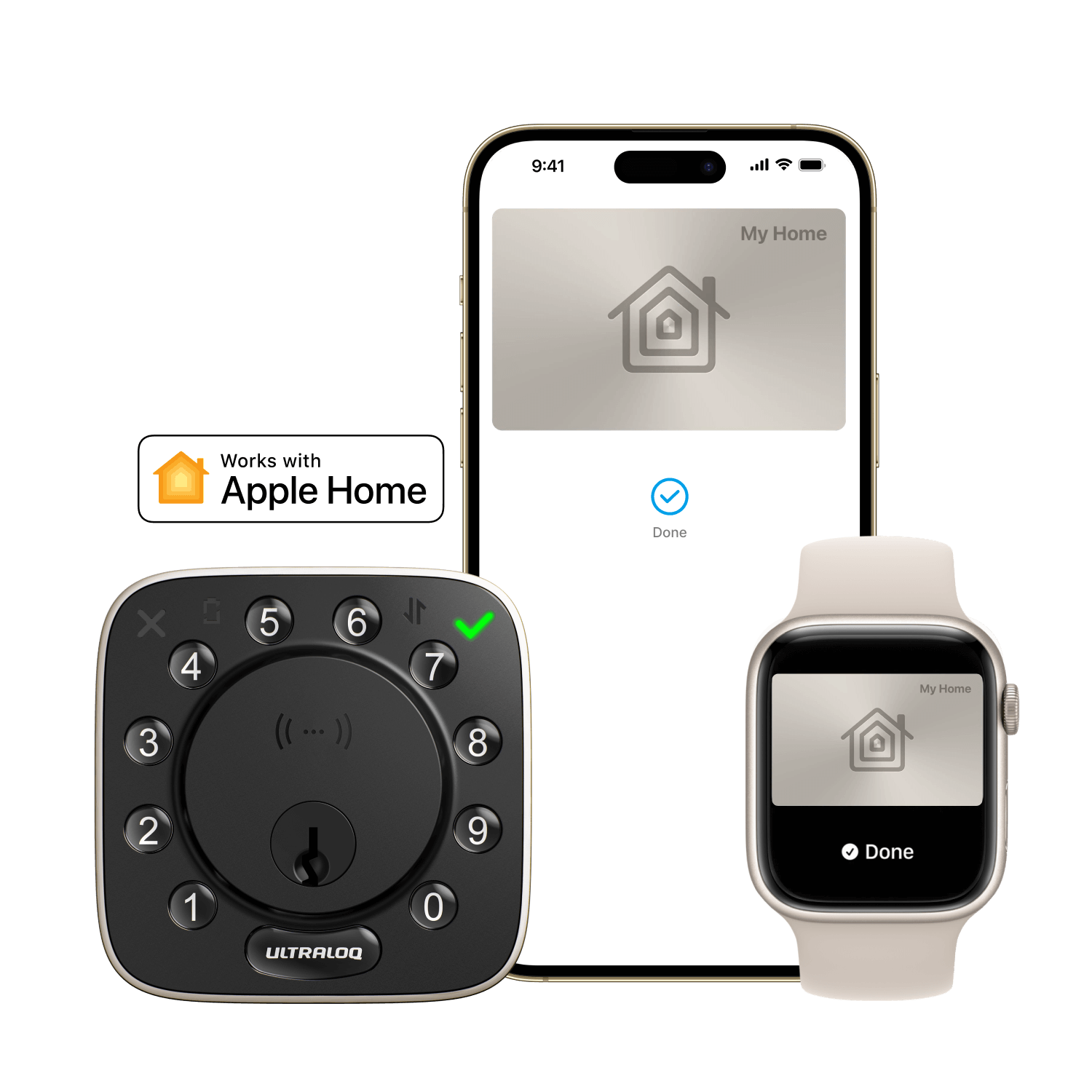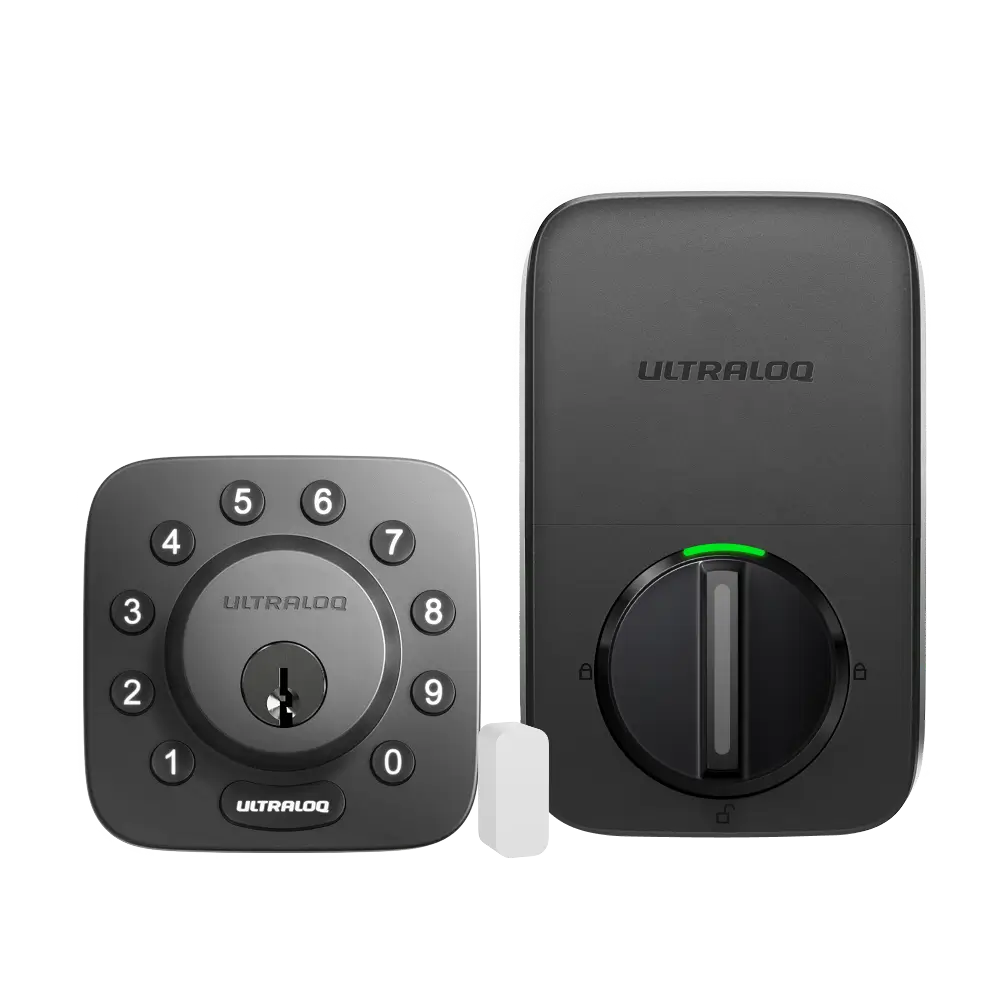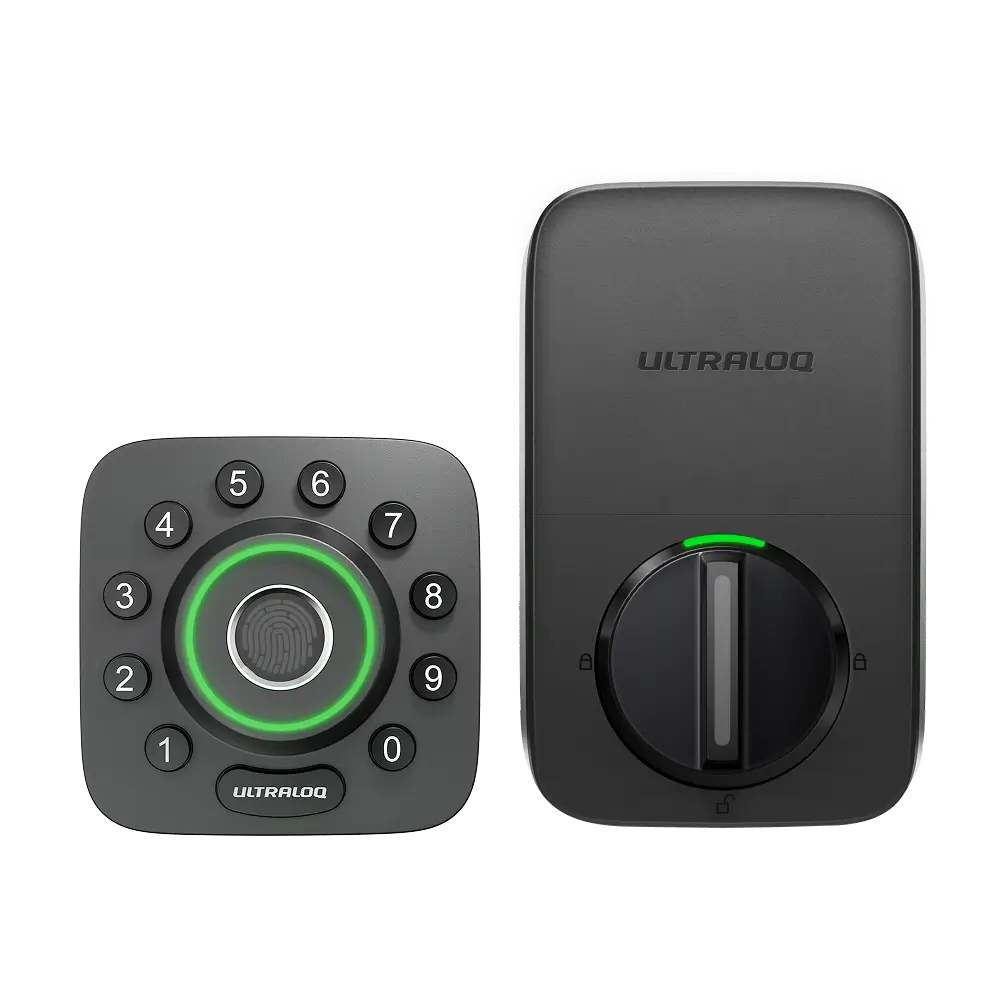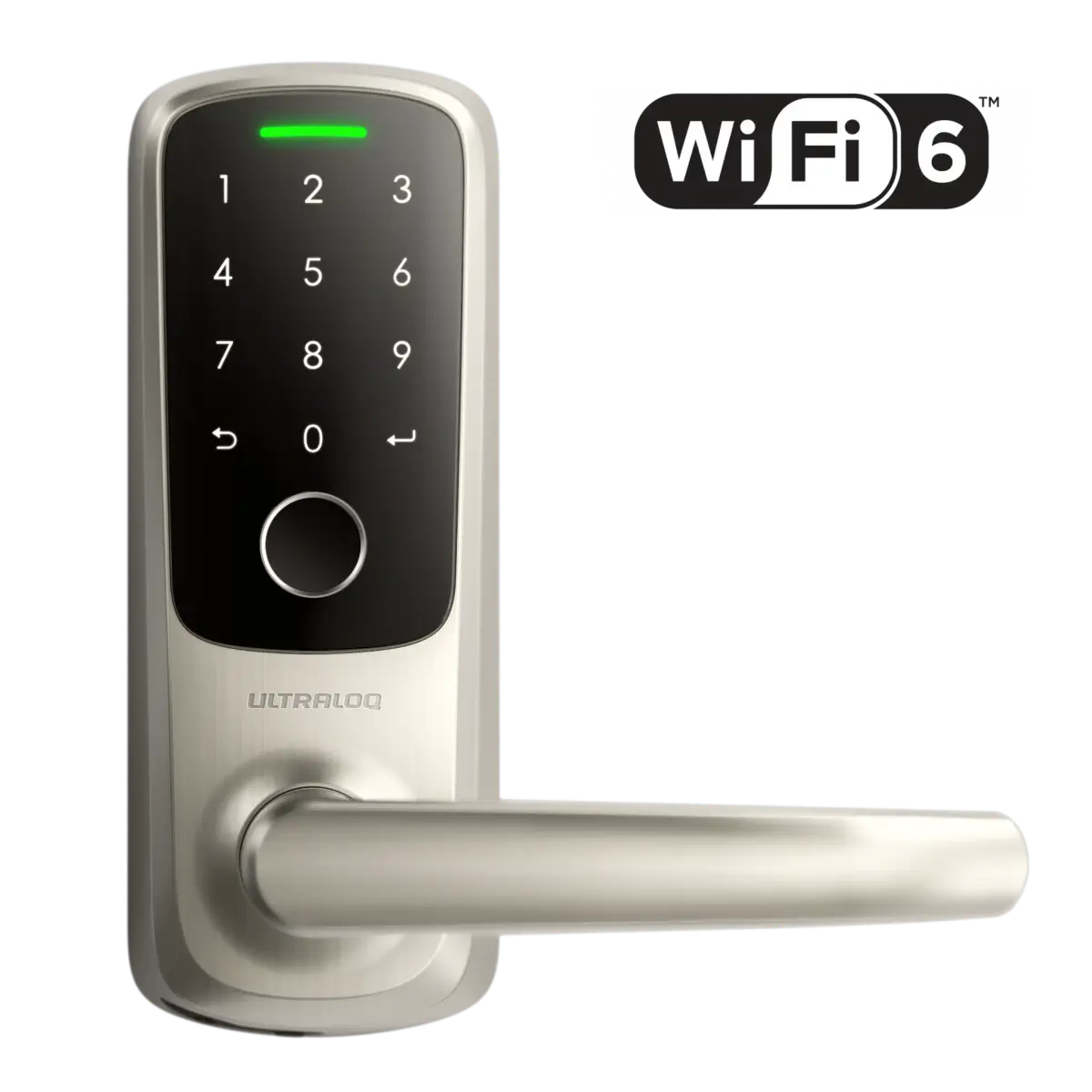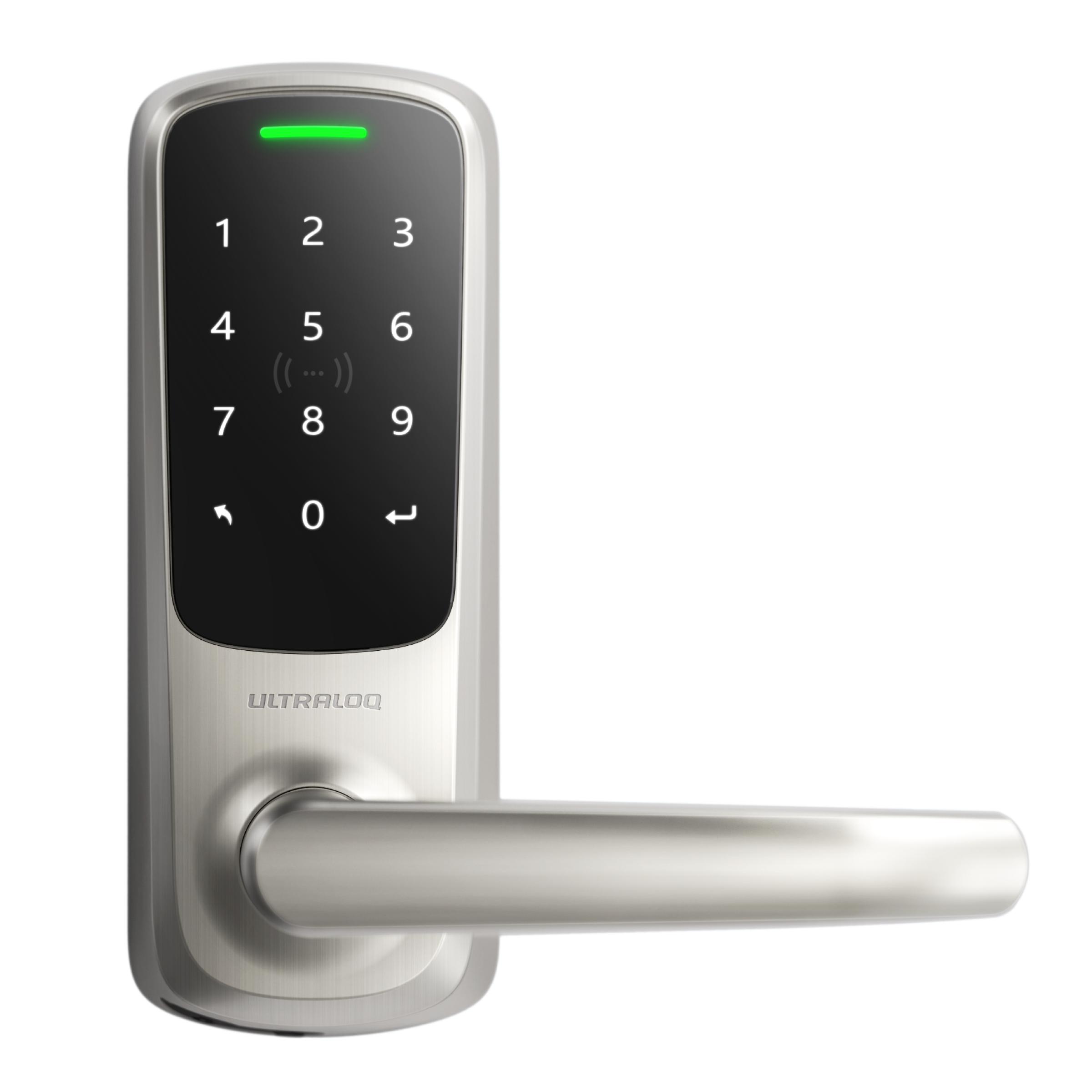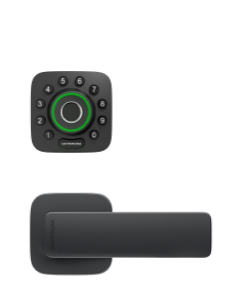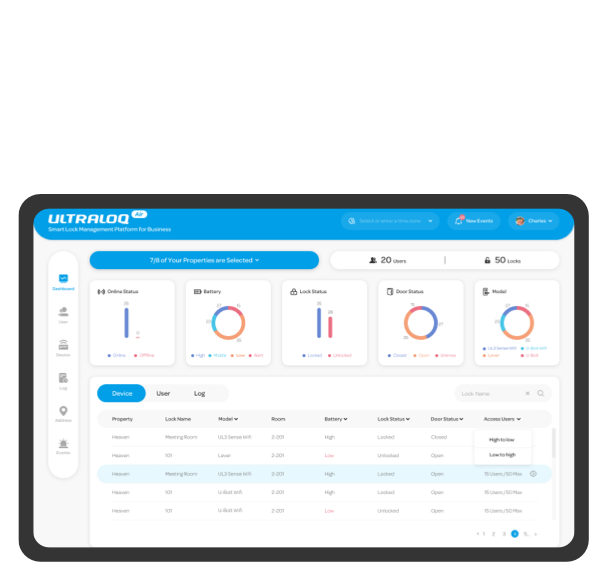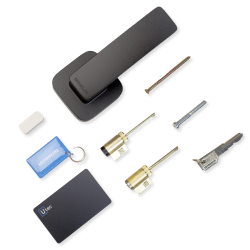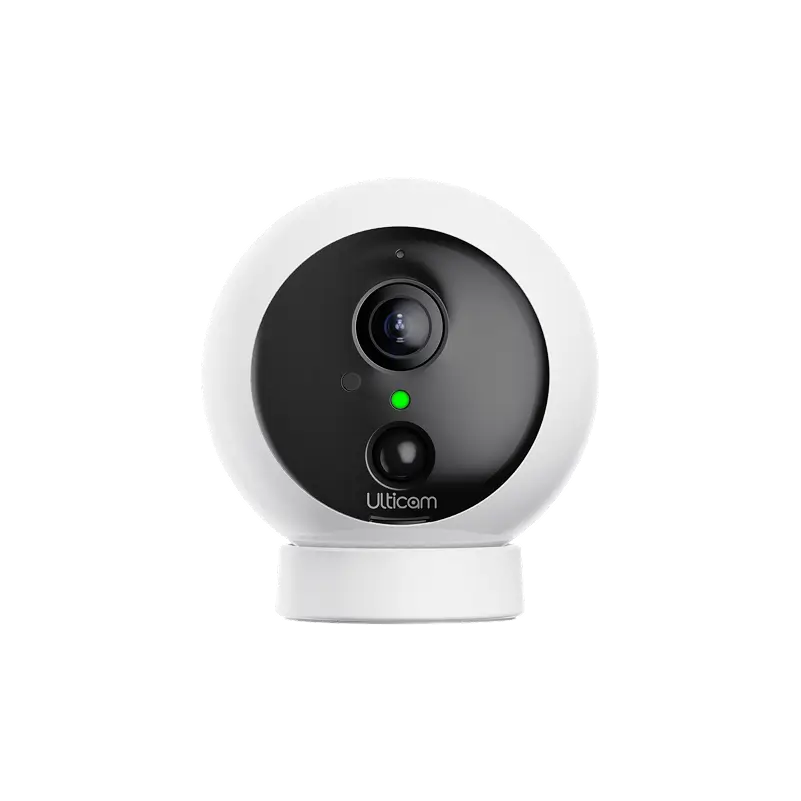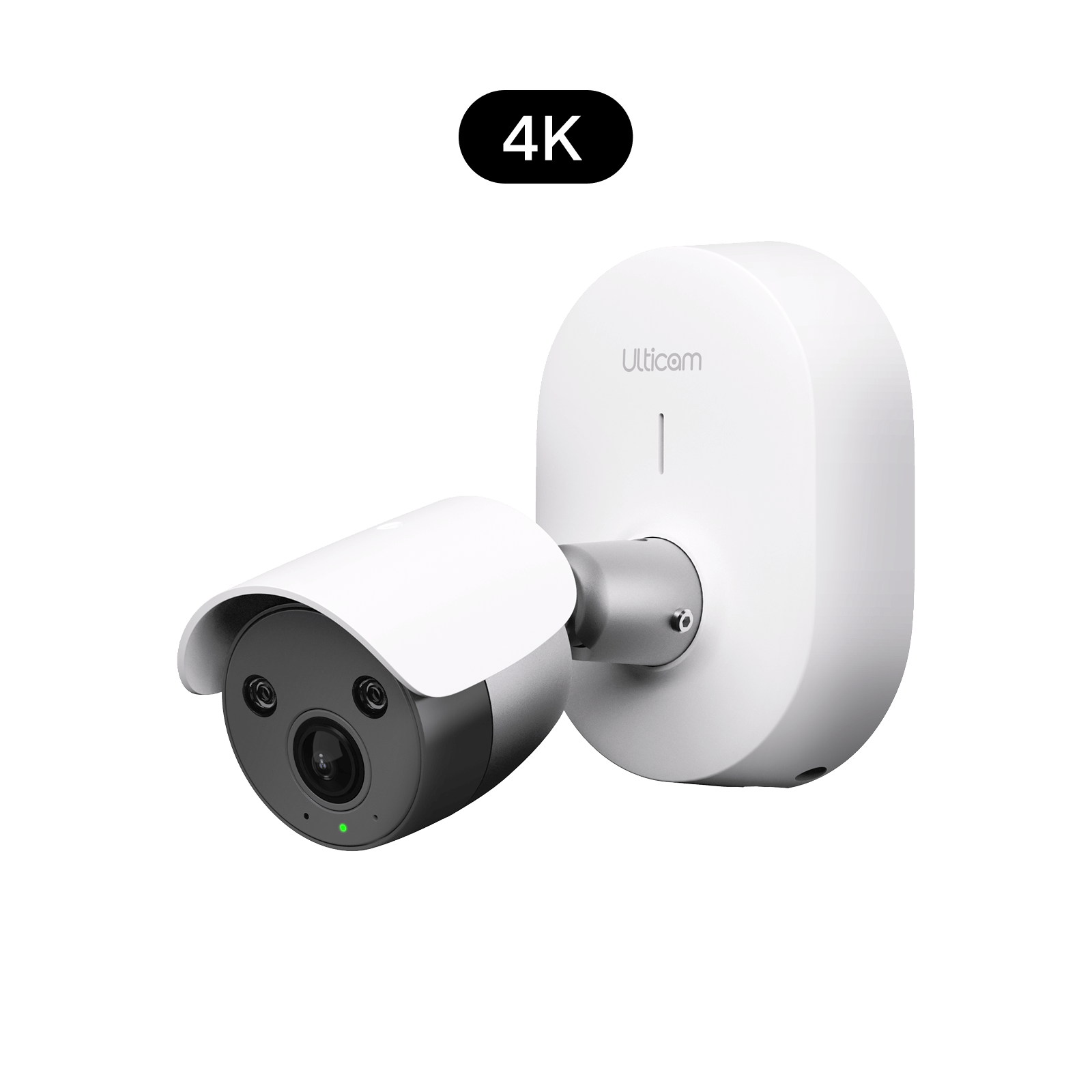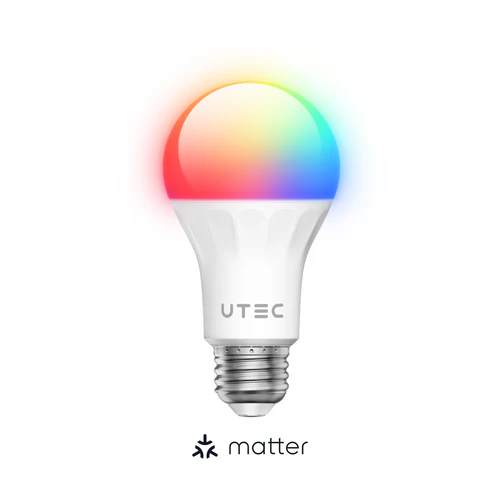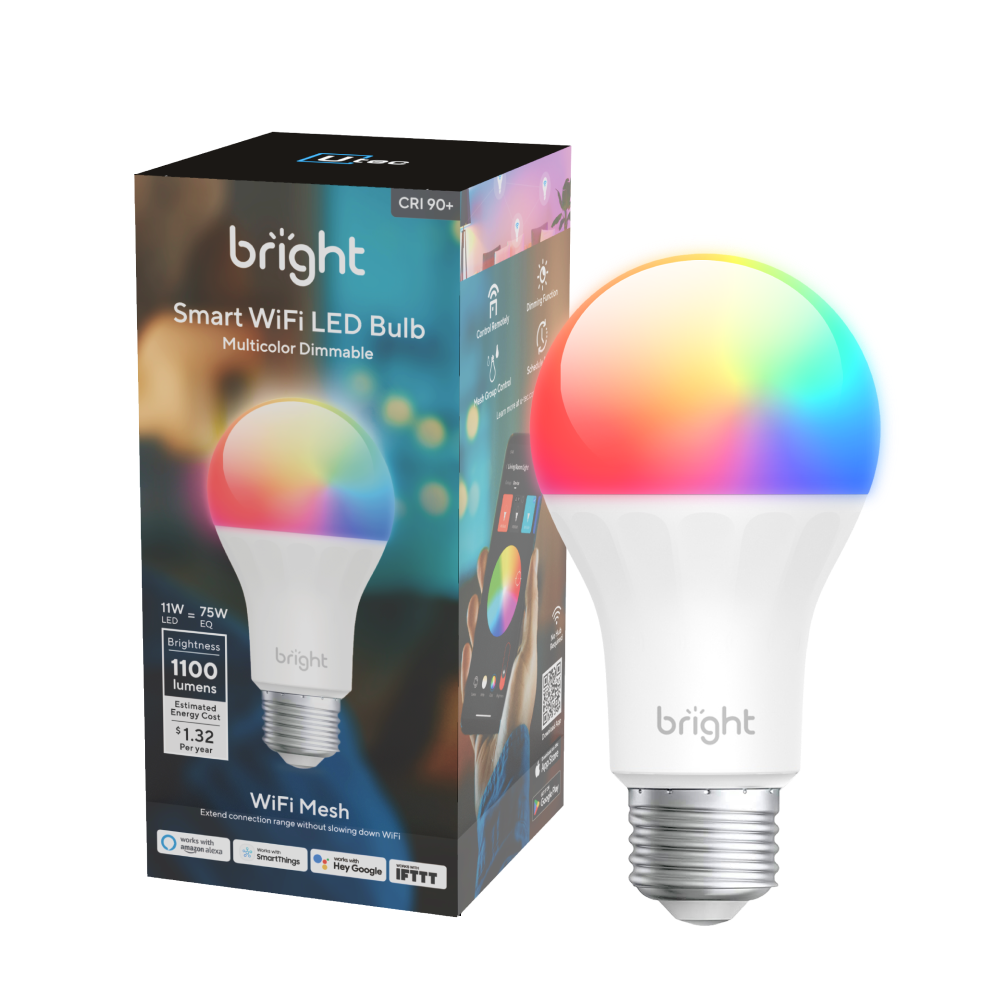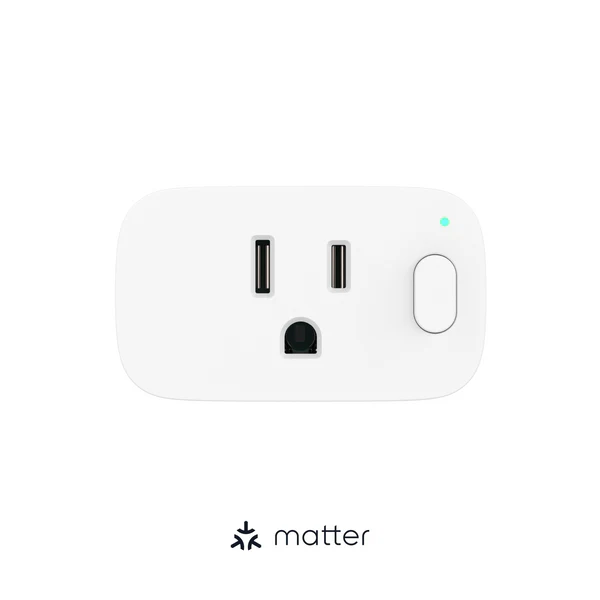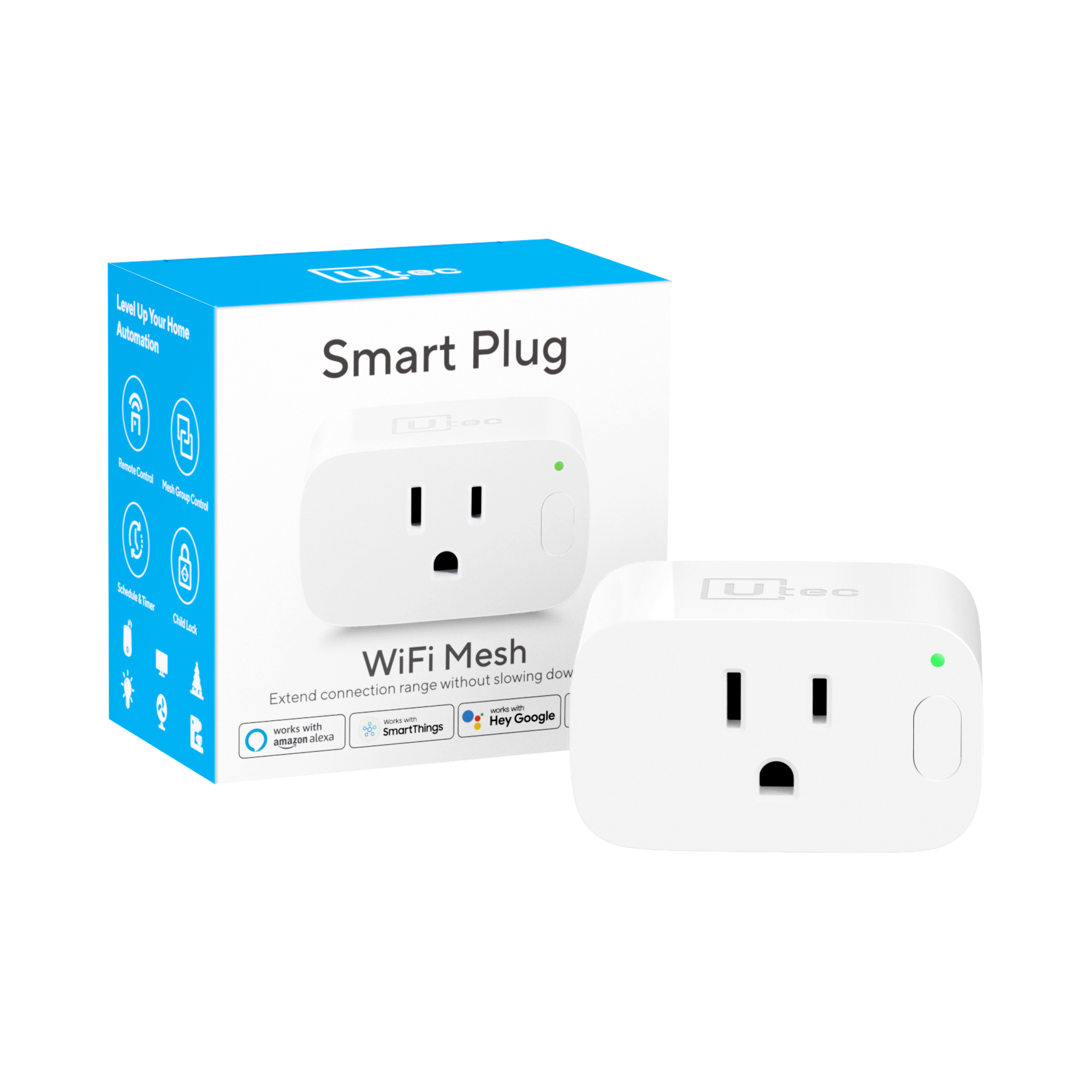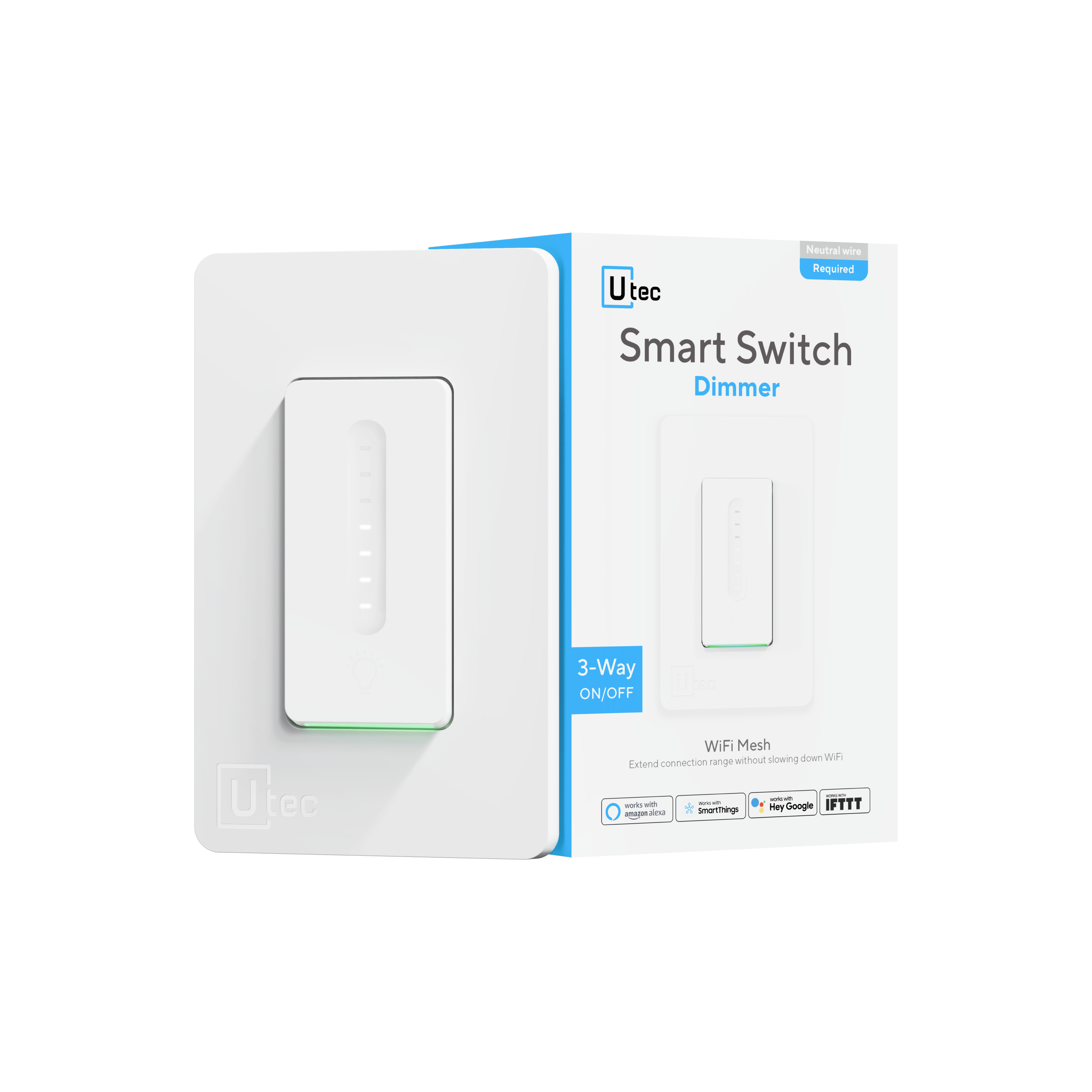A smart lock is a technologically advanced security device designed to enhance the convenience and security of locking and unlocking doors. It represents a significant evolution from traditional mechanical locks by incorporating modern technology and innovative features that cater to the demands of contemporary living. At its core, a smart lock provides a keyless entry solution, allowing users to lock and unlock doors through methods beyond physical keys. These methods include PIN codes, biometric scans (such as fingerprints or facial recognition), smartphone apps, and even voice commands.
The fundamental purpose of a smart lock is to grant users secure and flexible access to their homes or properties while leveraging the capabilities of modern technology. This technology enables various functions that elevate the overall user experience. Smart locks are part of the broader trend of the Internet of Things (IoT), where everyday objects are equipped with connectivity and intelligence to enhance their functionality.
A smart lock's capabilities go beyond simple locking and unlocking. They offer a wide array of features designed to enhance security, streamline access control, and integrate with other smart devices within a home ecosystem. These features can be categorized into several key areas:
1.Keyless Entry and Access Methods:
Smart locks eliminate the need for physical keys, offering a range of alternative access methods.Here are some common keyless control methods:
Passwords (PIN Codes):Unlocking the Future with Convenience and Customization! Our smart locks redefine access control with personalized PIN codes. Say goodbye to lost keys and hello to effortless entry. Share temporary codes with guests, empower family members, and keep your sanctuary secure with easily changeable codes.
Fingerprints (Biometric Scans):Unlock Security and Elegance with Your Unique Touch! Elevate your lifestyle with biometric brilliance. Your fingerprint is your key, making each entry not just secure but stylishly sophisticated. Experience unparalleled convenience without compromising on safety.

Command Your Castle from Anywhere, Anytime! Seamlessly connect your world with our smart lock app. Lock or unlock your door from across the globe, welcome guests remotely, and stay in control with real-time updates. Convenience and security now fit in the palm of your hand

Experience Access in a Whole New Voice! Introducing a future-forward revolution in home access. Unlock with ease using your voice, effortlessly merging technology with everyday life. Accessibility, convenience, and cutting-edge style, all at your command.

Experience Access in a Whole New Voice! Introducing a future-forward revolution in home access. Unlock with ease using your voice, effortlessly merging technology with everyday life. Accessibility, convenience, and cutting-edge style, all at your command.

2.Remote Control and Monitoring:
Remote access is a cornerstone feature of smart locks. Smartphone apps enable users to control their locks remotely, which is particularly useful for granting access to guests, service providers, or family members who might be arriving home before you. Additionally, users can monitor lock activities and receive notifications about lock events, ensuring awareness and accountability.
3.User Management and Flexibility:
Smart locks enable precise control over user access. Temporary access codes can be generated for guests, contractors, or deliveries, with the ability to set expiration dates. This eliminates the need to distribute physical keys and allows homeowners to revoke access when necessary.

Ultraloq U-tec App provides three types of users: admin user, normal user, and temporary user. This allows administrators to customize access permissions for themselves, family members, and guests as needed.
4.Integration with Smart Home Systems:
Smart locks are designed to seamlessly integrate with broader smart home ecosystems. They connect to central hubs or platforms, allowing synchronization with other smart devices like cameras, lights, and security systems. This integration enables automation scenarios, such as unlocking the door when the security system is disarmed.
There are several common smart home integration platforms available, such as Alexa, Google Home, SmartThings, and HomeKit. These platforms aim to centralize control of various smart devices in your home through voice commands or mobile apps.
The differences among these platforms lie in their ecosystems, compatibility, features, and user experiences:
Amazon Alexa:Ecosystem: Alexa is Amazon's virtual assistant and has a wide ecosystem of third-party devices and skills, allowing voice control of various brands.
Compatibility: Alexa works with many device brands, including lights, plugs, speakers, cameras, and more.
Features: Alexa offers a broad range of skills that can be added to extend its functionality, such as setting alarms, reminders, and calendar management.
User Experience: Alexa is known for its strong voice recognition and communication capabilities.
Google Home:Ecosystem: Google Home, powered by Google Assistant, features an ecosystem of compatible devices and applications.
Compatibility: Google Home also collaborates with various device brands, supporting a wide range of smart home devices.
Features: Google Assistant benefits from Google's powerful search engine, offering responses to questions and real-time information. It also integrates well with Google services like calendars and maps.
User Experience: Google Home focuses on personalized experiences, tailoring responses based on user preferences and history.
Samsung SmartThings:Ecosystem: SmartThings is Samsung's platform known for its support of diverse communication protocols like Z-Wave and Zigbee, enabling connection to a wider variety of devices.
Compatibility: SmartThings provides flexibility in connecting devices across different protocols, making it suitable for complex home setups.
Features: SmartThings offers robust automation capabilities, allowing users to create intricate conditions and triggers for automation.
User Experience: SmartThings is suitable for users seeking deep customization and control over their smart home systems.
Apple HomeKit:Ecosystem: HomeKit is Apple's smart home framework, focusing on security and privacy. It supports a range of devices that are compatible with Apple's ecosystem.
Compatibility: Devices compatible with HomeKit adhere to Apple's security standards and can be controlled using the Home app or Siri.
Features: HomeKit emphasizes end-to-end encryption and privacy features, making it a choice for users concerned about data security.
User Experience: HomeKit integrates seamlessly with other Apple devices and services, providing a unified experience for Apple ecosystem users.
Ultimately, your choice should align with your household needs and personal preferences. Research and compare different platforms, and you might even gather practical experiences and recommendations from friends or family members.
5.Security Measures and Encryption:
Smart locks prioritize security through encryption protocols that protect data transmitted between the lock and connected devices. Many models offer tamper alerts, notifying homeowners of unauthorized attempts. Some smart locks include two-factor authentication, requiring multiple forms of verification for added security.
There are several security protocols commonly used in smart locks to ensure the safety of the locking system and user data. Some of these protocols include:
AES Encryption: Advanced Encryption Standard (AES) is a widely adopted symmetric encryption protocol. It's used to secure the communication between the smart lock and its associated devices, like a smartphone or a hub.
Bluetooth Security: For smart locks that use Bluetooth connectivity, protocols like Bluetooth Low Energy (BLE) are employed. Pairing mechanisms and encryption keys help prevent unauthorized access to the lock.
Z-Wave/Zigbee Security: These protocols are often used in home automation systems. They provide secure communication between devices, utilizing encryption and network keys to maintain data integrity.
Cloud Security: If the smart lock relies on cloud services for remote access and control, the security of the cloud infrastructure and data storage becomes important.
OTA Updates: Over-the-Air (OTA) updates are essential for fixing vulnerabilities and improving security over time. A good security practice is to ensure the lock's firmware can be updated easily.
How safe these methods are depends on how well they're done, how often they're updated, and how the whole smart lock system is built. There's no one best way because it depends on how you use it and what could go wrong. To be safe, it's good to use a mix of secret codes, checks, and strong locks. Get smart locks from good companies that care about safety, and keep them updated to fix any problems.
6.Automation and Convenience:
Smart locks can be programmed to perform actions automatically based on triggers. For instance, a smart lock can be set to lock itself after a certain period of inactivity or to unlock when it detects the user's smartphone approaching the door.
7.Battery Management and Alerts:
Smart locks are powered by batteries, and many models offer battery level monitoring and alerts. This ensures that homeowners are notified when batteries are running low, preventing unexpected lockouts.
8.Physical Durability and Design:
Smart locks are designed to withstand physical tampering. They often incorporate anti-drill and anti-pick features, making them more resistant to forced entry.
The seamless integration of smart locks into existing home setups is facilitated by their compatibility with various connectivity protocols. These protocols enable smart locks to communicate with smartphones, smart home hubs, and other connected devices. This compatibility ensures that smart locks can easily become a part of a cohesive smart home ecosystem, enhancing both security and convenience.
In conclusion, a smart lock is a technologically advanced security solution that offers keyless entry, remote control, user management, integration with smart home systems, and enhanced security features. By incorporating modern technology and innovative functionalities, smart locks redefine how we secure and access our homes in a connected and automated world.
If you've come across this article and find yourself drawn to smart locks, you might want to check out this Wirecutter article that provides recommendations for the best smart locks of 2023: https://www.nytimes.com/wirecutter/reviews/the-best-smart-lock/
